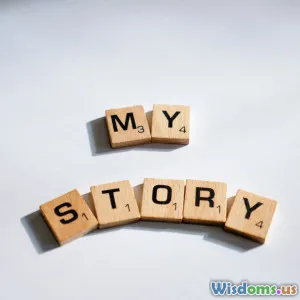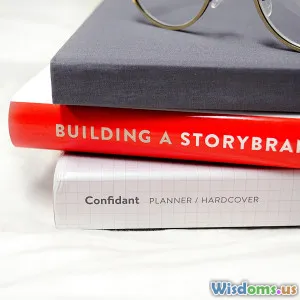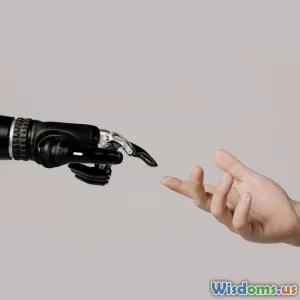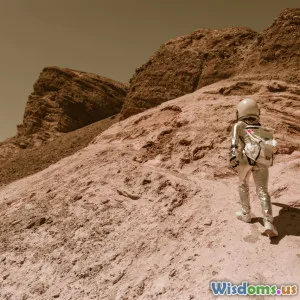
Step By Step Guide to Worldbuilding Advanced Technologies in Fiction
8 min read Master the art of crafting believable advanced technologies in fiction with this detailed worldbuilding guide for sci-fi creators. (0 Reviews)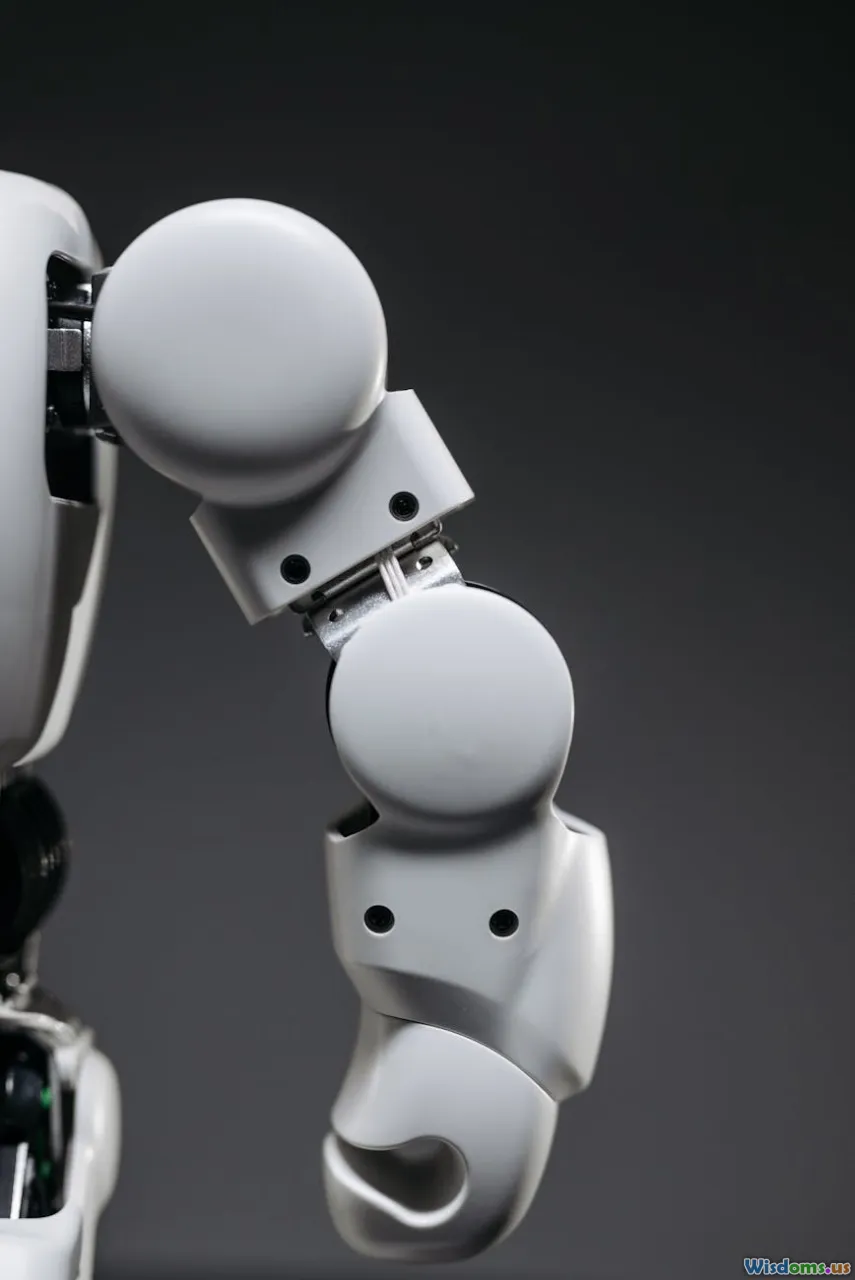
Step By Step Guide to Worldbuilding Advanced Technologies in Fiction
Introduction: Sparking the Future in Fiction
Imagine a world where artificial intelligence governs the economy, or where interstellar travel is as common as crossing a bridge. What makes these futuristic visions believable and engaging is not just the novelty but the depth of detail behind their advanced technologies. Worldbuilding advanced technologies in science fiction isn't merely about imagining gadgets; it's about crafting a scaffold for your narrative's ecosystem, making your fictional universe immersive and credible.
In this guide, we'll walk you meticulously through building advanced technologies in fiction, ensuring your creations resonate logically within your story’s world, captivate readers, and enrich your narrative.
Understanding the Foundation: Why Worldbuilding Advanced Technologies Matters
The Role of Technology in Sci-Fi Narratives
Science fiction thrives at the intersection of the possible and the imaginative. Realistic technology grounds a story, while imaginative advancements push boundaries. For instance, Isaac Asimov’s Three Laws of Robotics provided a framework that made robot characters more than mere gadgets—they became existential and ethical entities. Similarly, the replicators in Star Trek transformed dining and logistics, reshaping social dynamics.
Advanced technology in stories shapes:
- Cultural norms (e.g., cybernetic implants altering identity concepts)
- Political systems (AI governance models)
- Economic structures (resource scarcity or abundance via tech like fusion power)
Balancing Plausibility and Creativity
Striking a balance between science and creativity engages readers who seek innovation without losing immersion. Science advisor David Brin once noted, "Good sci-fi is 20% science, 80% fiction." Your technology should feel possible within your world’s rules yet exciting and fresh.
Step 1: Defining the Scientific Basis
Research Current Technologies and Emerging Trends
Begin by exploring cutting-edge technologies and trends. Areas to consider:
- Artificial Intelligence & Quantum Computing
- Nanotechnology and Biotechnology
- Energy Generation and Storage (e.g., nuclear fusion, antimatter)
- Space Propulsion Methods (ion drives, warp technology)
Use scientific papers, tech news (e.g., MIT Tech Review), and expert interviews to ground ideas. For example, Dyson spheres are theoretical megastructures, inspiring orbital habitats or energy sources in fiction.
Setting the Technological Limits and Capabilities
Define what your technology can and cannot do. Constraints provide realism and conflict potential.
Example: In The Expanse, Epstein drives enable fast space travel, but the immense fuel consumption limits widespread use, affecting geopolitical tensions.
Step 2: Integrating Technology with Society
Consider Social, Political, and Economic Consequences
How does this technology alter everyday life?
- Does AI reduce unemployment, or does it displace workers, as seen with automation fears?
- Does a new energy source create economic booms or disparities?
Philip K. Dick’s Do Androids Dream of Electric Sheep? explores humanity's questioning of identity in a world shaped by replicants, demonstrating technology's societal ripple effects.
Develop Technological Infrastructure and Accessibility
Who controls the technology—governments, corporations, or individuals?
Accessibility influences world dynamics:
- In cyberpunk settings like Neuromancer, technology is ubiquitous but unevenly distributed, fueling class divides.
Embed Cultural Responses and Adaptations
Perhaps religious views oppose certain tech, or art evolves to incorporate bioengineering.
Mary Shelley’s Frankenstein addresses the ethical tension between science and society—a timeless theme when introducing advanced tech.
Step 3: Crafting Technical Details and Mechanics
Outline How Technology Works in Your World
Readers appreciate when technology has a consistent "logic." Avoid hand-waving and explain mechanics where relevant:
- Describe energy sources (e.g., zero-point energy).
- Define interfaces—Is the tech biologically integrated or mechanical?
- Consider failure modes or side effects.
Use Analogies and Real-World Examples
Helping readers visualize through known concepts makes tech approachable.
For example, describing a neural interface as "streaming thoughts like uploading a file" bridges familiarity.
Design Tools and User Experiences
What do devices look like? How do users interact?
Oscar-winning sci-fi costume designer Michael Kaplan’s design choices in Blade Runner 2049 made tech feel utilitarian yet sophisticated—showing that design choices influence believability.
Step 4: Exploring Ethical and Moral Dimensions
Technology and Human Values
Ask: How does your technology challenge ethics, identity, or free will?
For example, genetic manipulation in Gattaca raises questions about destiny vs. choice.
Consequences of Misuse
Introduce realistic dilemmas:
- Surveillance tech vs. privacy
- AI autonomy vs. human control
This adds layers of conflict and thematic richness.
Step 5: Iterative Refinement and Cohesion
Consistency is Key
Ensure your tech remains consistent across the narrative. Internal contradictions break immersion.
Cross-check with Story Arcs
Technology should enhance, not overpower, character arcs and plot. The technology might serve as a tool, obstacle, or character in itself.
Get Feedback and Revise
Test your concepts with fellow writers or scientists. Feedback can reveal blind spots and enhance credibility.
Conclusion: Bringing Advanced Technologies to Life
Worldbuilding advanced technologies in fiction is a delicate dance between imagination and plausible science. By grounding your creations in researched science, exploring societal impacts, crafting believable mechanics, and probing ethical implications, you can build a rich, immersive universe that resonates with readers.
Remember Arthur C. Clarke’s famous adage: "Any sufficiently advanced technology is indistinguishable from magic." Your job is to demystify that magic just enough to spark wonder and belief.
Start small, think large, and let your fictional technology propel readers on unforgettable journeys into the future.
Further Resources
- The Science of Science Fiction Writing by James Gunn
- NASA’s Technology Transfer Program (https://technology.nasa.gov/)
- MIT Technology Review’s Sci-Fi and Futurism Sections
- How to Write Science Fiction & Fantasy by Orson Scott Card
Happy worldbuilding!
Rate the Post
User Reviews
Popular Posts












